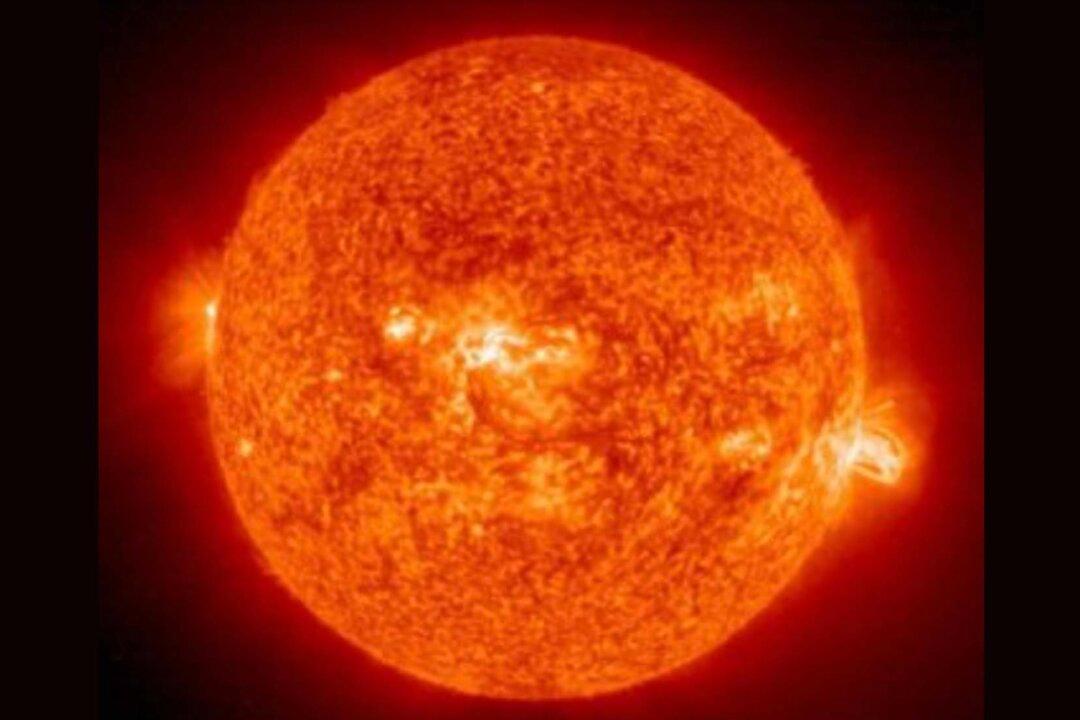NASA detected a powerful X2.2 solar flare that erupted from the sun on Feb. 17, causing temporary blackouts in some parts of the world.
NASA’s Solar Dynamics Observatory, which constantly watches the sun, observed the flare—which is an intense eruption of electromagnetic radiation in the sun’s atmosphere—and said it peaked at 3:16 p.m. EST.





